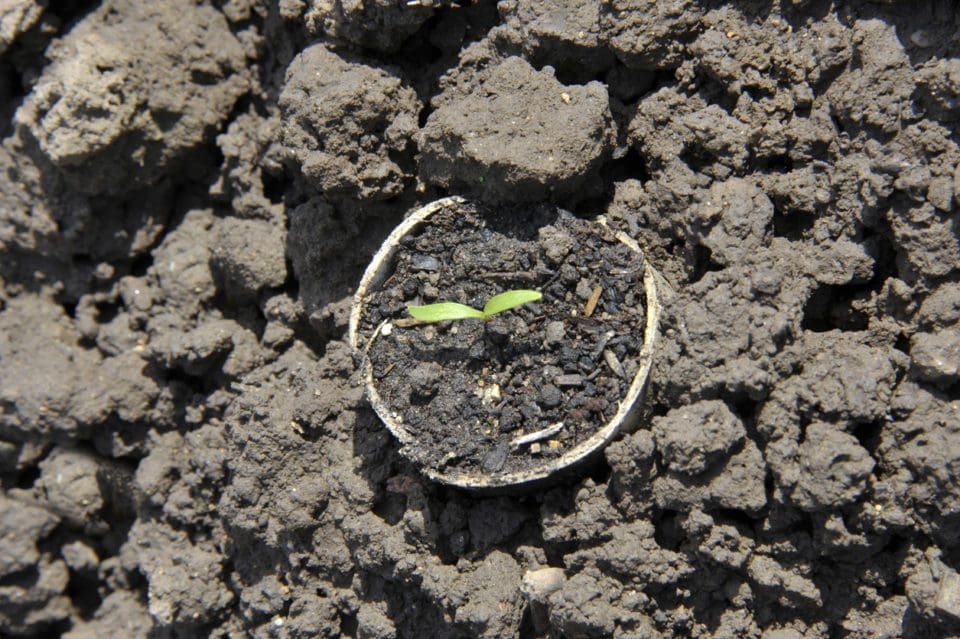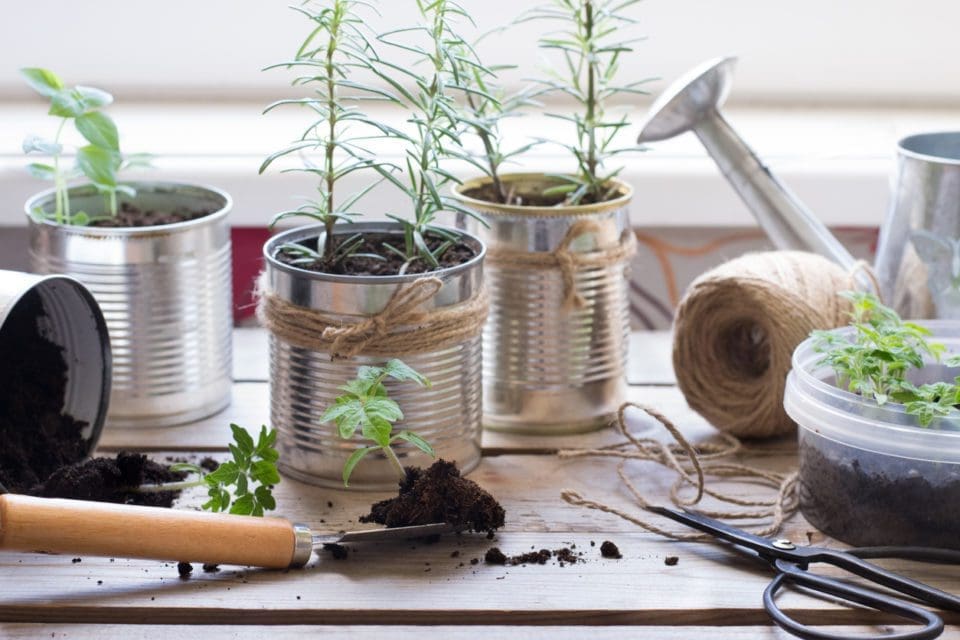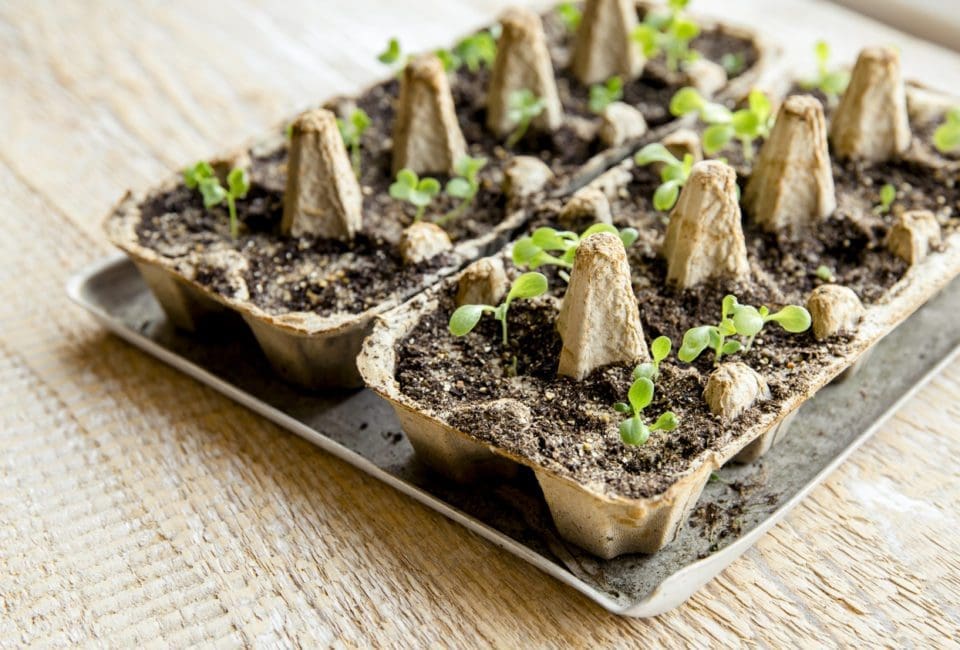On Saturday it was Global Recycling Day, a day which aims to recognise and raise awareness of the importance of recycling and encourage people to take action to reduce waste and protect the environment.
We thought, what better time than to share some recycling tips that you could use in your vegetable garden or on your allotment?
We’re sure many of you will have plenty of purpose-made seed trays and modules to grow in, but for those just starting out in vegetable growing and those wanting to reduce waste and save some money, there’s lots of items you can recycle and re-use in your garden, which would normally end up in the waste bin.
Here’s some ideas to get the ball-rolling, make sure to tag us on social media in your creations and projects (@growwithkg)!
Toilet paper rolls
Great for growing most plants, especially those that don’t like their roots being disturbed. Make a series of 1 to 1 1/2-inch cuts around one end of a roll, approximately half an inch apart. Fold the cut sections in toward the centre of the roll (to create the base of a pot). Fill the pots with soil and then moisten the soil and pot and plant your seeds. Maintain the planted seeds as you would any seeds sown indoors. Typically, you will have to wait a few weeks before you can remove the plants and embed them into soil in your garden.

Top tips:
- Great for growing beans, peas and sweet peas.
- Place the tubes on a tray or plate before filling with soil.
- If the tubes don’t stand up on their own, tie some twine around the whole group of pots, to create a stronger structure.
- You may want to acclimate the plants to the garden, by taking your pots outside to the garden for a few hours each day, before planting them in the ground.
- If excess card sticks out of the soil once planted in the garden, just tear off the excess.
Paper cup pots
Unwaxed paper cups make perfect pots for starting off seeds and plants. Takeaway coffee cups are made to contain liquids, so are therefore stronger than using toilet paper rolls or newspaper to create a pot. This also means you can grow plants in them for longer. Simply use the cup as you would a pot, and then plant the seedlings still in the paper cups. The cups will decompose and allow the roots to spread out.
Top tips:
- Poke at least one hole in the bottom of the cup.
- Harden off the plants prior to transplanting by placing them outdoors in a protected area for four hours. Bring the plants inside, then increase the length of time outside by two hours each day. After a week, transplant the seedlings into the garden.
- You could stop by a local coffee shop and see if they’d mind you reclaiming some leftover cups by customers – just make sure they’re unwaxed! You could even see if they have any spent coffee grounds too, they’re great to use in compost.
Paint can/tin can planters
Recycle empty tin cans and paint tins into planters. Simply drill a couple of holes in the bottom of the tins for drainage and go ahead with potting plants and flowers. If you’re wanting to make them a little more decorative, why not take a can of spray paint to the tins and get imaginative with colours and designs.

Egg cartons
Finished up your eggs? You can use the egg carton to sow even more seeds! Fill each egg cup with soil, sow your seeds and then rip off each cup and plant them directly into your garden. Like toilet rolls and paper cups, the paper of the carton breaks down once planted.

Top tips:
- You could also use egg shells to sow seeds! Wash the shells before use, fill with compost, sow your seeds and place the shells directly into the garden. Remember to gently crack the egg shells before planting outside, to help with drainage.
- You might want to kill off bacteria and germs by placing the shells in an oven for 20 minutes, on 54 degrees C.
Inside the monthly issue, you’ll also find Stephany Hafferty’s regular column has plenty more recycling tips; discover our back issues to see ideas of her’s so far, such as using takeaway containers as seed trays and making your own propagator from a hot water bottle.
For more recycling tips, ideas for getting started in growing your own produce, more ways to save money and discovering what to sow now, take a look inside the latest issue of Kitchen Garden or make a saving, have every issue delivered straight to your door and start a subscription with one of our latest deals (you’ll also receive FREE seeds, as well as exclusive offers, competitions and easy to follow recipes when you subscribe).





